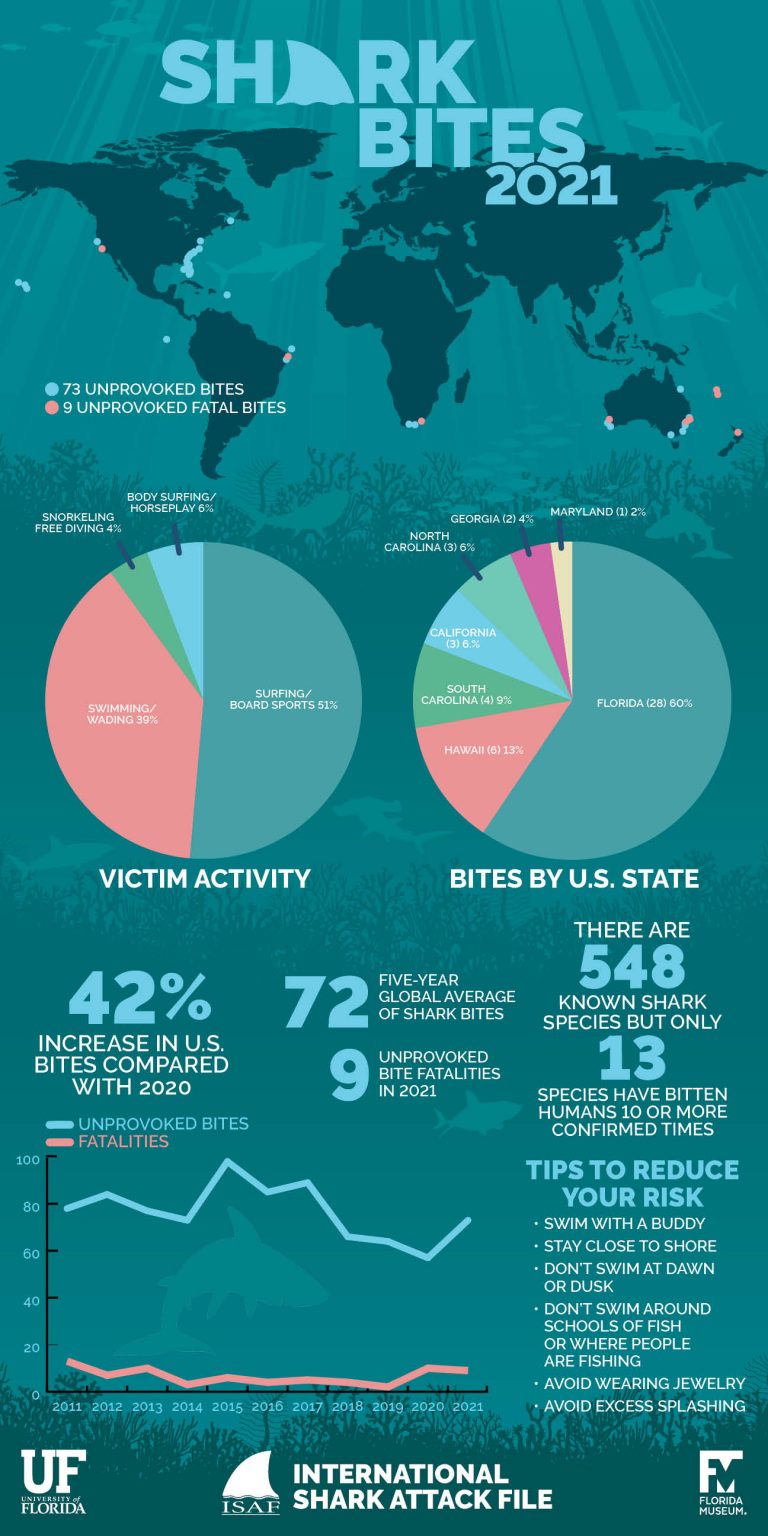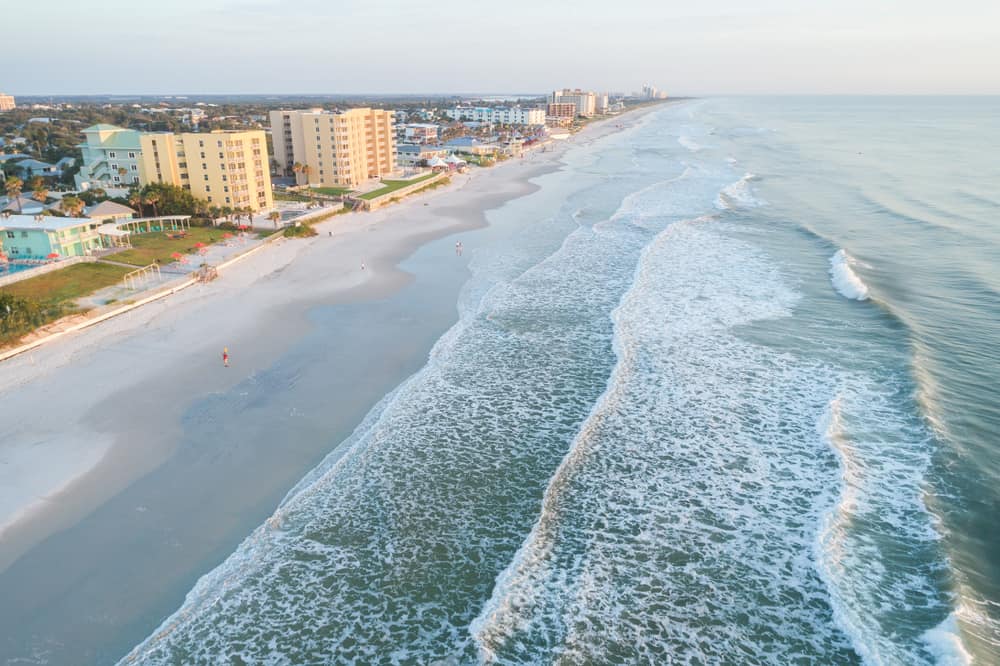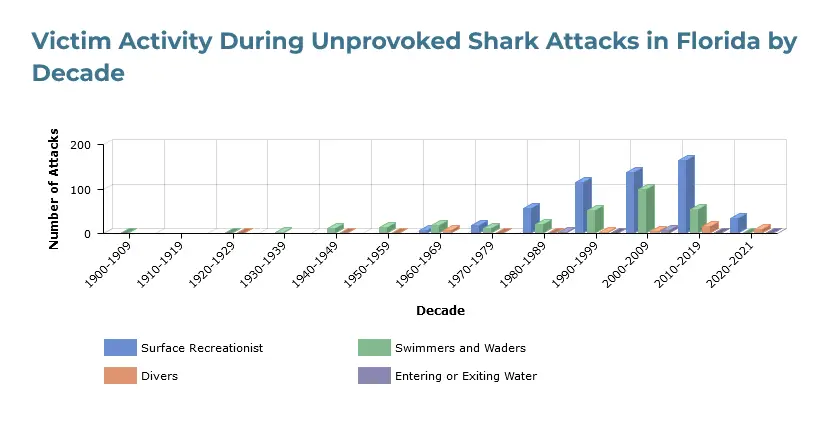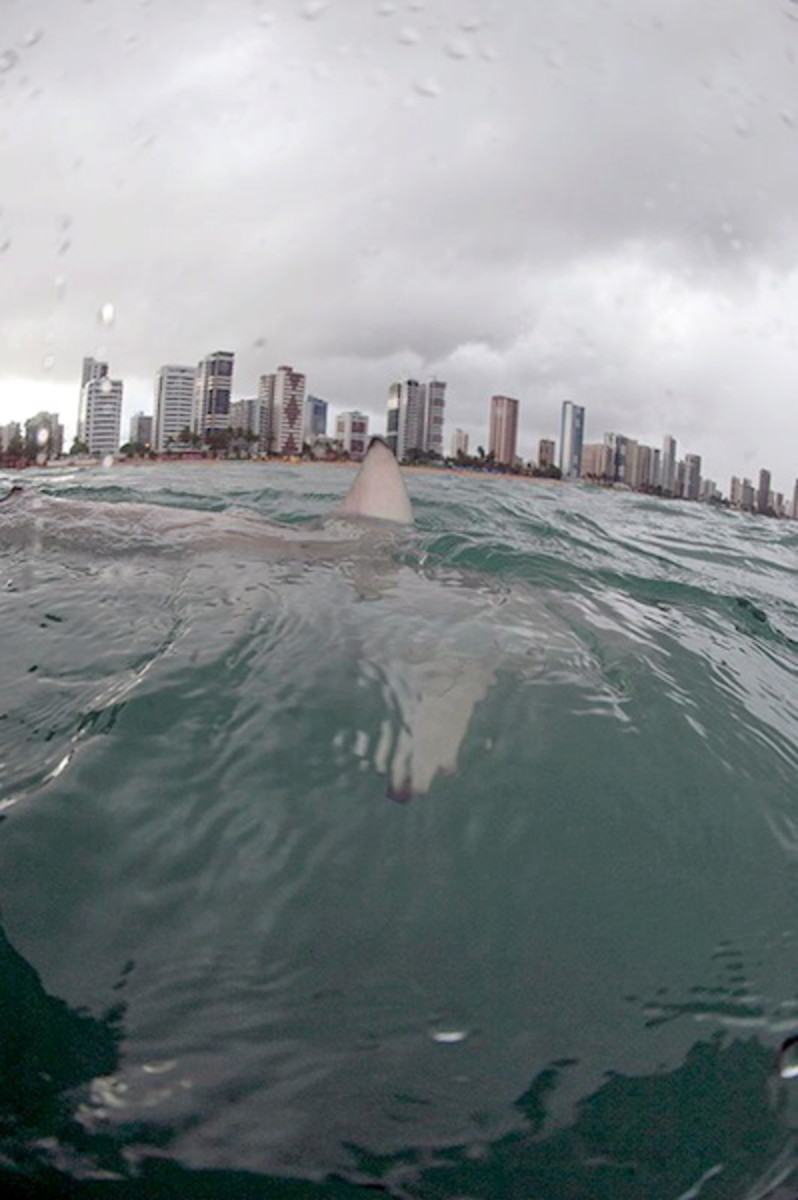Part
01
of two
Part
01
How many shark attacks happen each year by type and country?
Key Takeaways
- The International Shark Attack File (ISAF) is the world's only scientifically-generated database of known shark attacks around the world. It was initiated in 1958 and is jointly administered by the Florida Museum of Natural History and the American Elasmobranch Society.
- The ISAF recorded 137 alleged cases of shark attacks around the world in 2021. Of these 137 cases, 73 were unprovoked shark bites, and 39 were provoked shark bites.
- The ISAF recorded 11 fatalities due to shark attacks globally in 2021. Of these 11 fatalities, nine were classified under unprovoked shark attacks. In comparison, the global annual average of unprovoked fatalities per year is five.
- Keeping pace with the long-term trends, the United States recorded 47 unprovoked bites in 2021, which represent 64% of the total global cases in 2021. The 47 confirmed unprovoked bites were 42% higher than the 33 confirmed cases recorded in the country in 2020 (which represented 58% of the total global cases).
- Consistent with the trend seen over decades, Florida recorded the most number of confirmed unprovoked shark bites in 2021 among all the states in the US. Florida's 28 confirmed cases represent 60% of the US total and 38% of the global total.
Introduction
The research brief provides an overview of statistics surrounding shark attacks globally in 2021. The requested details regarding the total number of shark attacks, the number of fatal shark attacks, the percentage of fatal shark attacks out of all shark attacks, the top five categories of shark attacks, the five countries with the highest number of unprovoked bites, and the five states in the US with the highest number of unprovoked bites have been presented below.
About The International Shark Attack File (ISAF)
- The International Shark Attack File (ISAF) is the world's only scientifically-generated database of known shark attacks around the world. It was initiated in 1958 and is jointly administered by the Florida Museum of Natural History and the American Elasmobranch Society.
- The ISAF has recorded over 6,800 individual investigations of shark attacks from the early 1500s to the present.
An Overview of Statistics Surrounding Shark Attacks Globally in 2021
Total Number of Shark Attacks Globally in 2021
- The ISAF recorded 137 alleged cases of shark attacks around the world in 2021.
- Of these 137 cases, 73 were unprovoked shark bites, and 39 were provoked shark bites.
The Number of Fatal Shark Attacks Globally in 2021
- The ISAF recorded 11 fatalities due to shark attacks globally in 2021.
- Of these 11 fatalities, nine were classified under unprovoked shark attacks. In comparison, the global annual average of unprovoked fatalities per year is five.
- Despite the number of shark-related fatalities increasing in 2020 and 2021, long-term trends show an average decrease in the number of annual fatalities. Year-to-year variability in socioeconomic, meteorological, and oceanographic conditions significantly influences the number of shark-human interactions around the world.
The Percentage of Fatal Shark Attacks Out of All Shark Attacks in 2021
- Considering 11 fatal shark attacks out of total 137 shark attacks globally in 2021, the percentage of fatal shark attacks in 2021 comes to be 8.03% [Calculation: (11/137)*100% = 8.03%].
The Top Five Categories of Shark Attacks Globally in 2021
- The top five categories of shark attacks globally in 2021 were as follows:
- Unprovoked bites (bite incidents that occur without human provocation): 73 cases.
- Provoked bites (bite incidents that occur due to some interaction by humans): 39 cases.
- Boat bites (bite incidents on sea-faring vessels of any kind): 4 cases.
- Scavenge (feeding on a dead body after the person's death due to unrelated causes like drowning): 1 case.
- Public aquaria (aquarium bites): 0 cases.
- Additionally, in 2021, five cases were not likely to involve a shark (categorized as "Doubtful"), 14 cases could not be confirmed as shark attacks (categorized as "Not confirmed"), and one incident involved a lack of sufficient data to be classified as a shark attack (categorized as "No assignment could be made"). Hence, the 20 cases are still under investigation by the ISAF and have not been considered confirmed shark attacks.
Five Countries With the Highest Number of Unprovoked Bites in 2021
- The top five countries with the highest number of confirmed unprovoked bites in 2021 were as follows:
- The United States: 47 unprovoked bites (of which one case was a fatality).
- Australia: 12 unprovoked bites (of which three cases were fatalities).
- Brazil: 3 unprovoked bites (of which one case was a fatality).
- New Zealand: 3 unprovoked bites (of which one case was a fatality).
- South Africa: 3 unprovoked bites (of which one case was a fatality).
- Keeping pace with the long-term trends, the United States recorded 47 unprovoked bites in 2021, which represent 64% of the total global cases in 2021. The 47 confirmed unprovoked bites were 42% higher than the 33 confirmed cases recorded in the country in 2020 (which represented 58% of the total global cases).
- Australia recorded 12 confirmed unprovoked bites in 2021, which was "lower than the most recent five-year annual average of 16 incidents for the region." New South Wales recorded six incidents (of which two were fatalities), Western Australia recorded four incidents (of which one was a fatality), and Queensland and Victoria recorded one incident each.
- Other than the above-mentioned five countries, two confirmed unprovoked bites were recorded in New Caledonia (both resulted in fatalities). Single incidents (without fatalities) were recorded in Canada, St. Kitts and Nevis, and Ecuador.
Five States in the United States With the Highest Number of Unprovoked Bites in 2021
- The top five states in the United States with the highest number of confirmed unprovoked bites in 2021 were as follows:
- Florida: 28 unprovoked bites (0 fatalities).
- Hawaii: 6 unprovoked bites (0 fatalities).
- South Carolina: 4 unprovoked bites (0 fatalities).
- California: 3 unprovoked bites (of which one case was a fatality).
- North Carolina: 3 unprovoked bites (0 fatalities).
- Other than the states mentioned above, two confirmed unprovoked bites were recorded in Georgia, and one confirmed unprovoked bite was recorded in Maryland. However, these incidents did not result in any fatalities.
- Consistent with the trend seen over decades, Florida recorded the most number of confirmed unprovoked shark bites in 2021. Florida's 28 confirmed cases represent 60% of the US total and 38% of the global total.
- Volusia County in Florida recorded 17 confirmed unprovoked bites in 2021, which represents 61% of Florida's total cases in 2021. From 1882 to the present date, there have been 337 confirmed unprovoked shark attacks in Volusia County alone. New Smyrna Beach in Volusia County is known as the "shark capital of the world," owing to the high concentration of sharks in the area. According to the ISAF, "anyone who has gone swimming at New Smyrna Beach has been within ten feet of a shark." An image of New Smyrna Beach is provided below.
- The other counties in Florida that recorded confirmed unprovoked shark attacks in 2021 were Miami-Dade (2 cases), Brevard (2 cases), St. Lucie (2 cases), Broward (1 case), Palm Beach (1 case), Martin (1 case), Manatee (1 case), and St. Johns (1 case).
Research Strategy
Since the International Shark Attack File (ISAF) is the world's only scientifically-generated database of known shark attacks around the world, all the statistics for this research brief have been leveraged from the pages related to the ISAF on the website of the Florida Museum of Natural History. During our research, we found that all the other sources of shark attacks in the public domain leverage the ISAF database.






